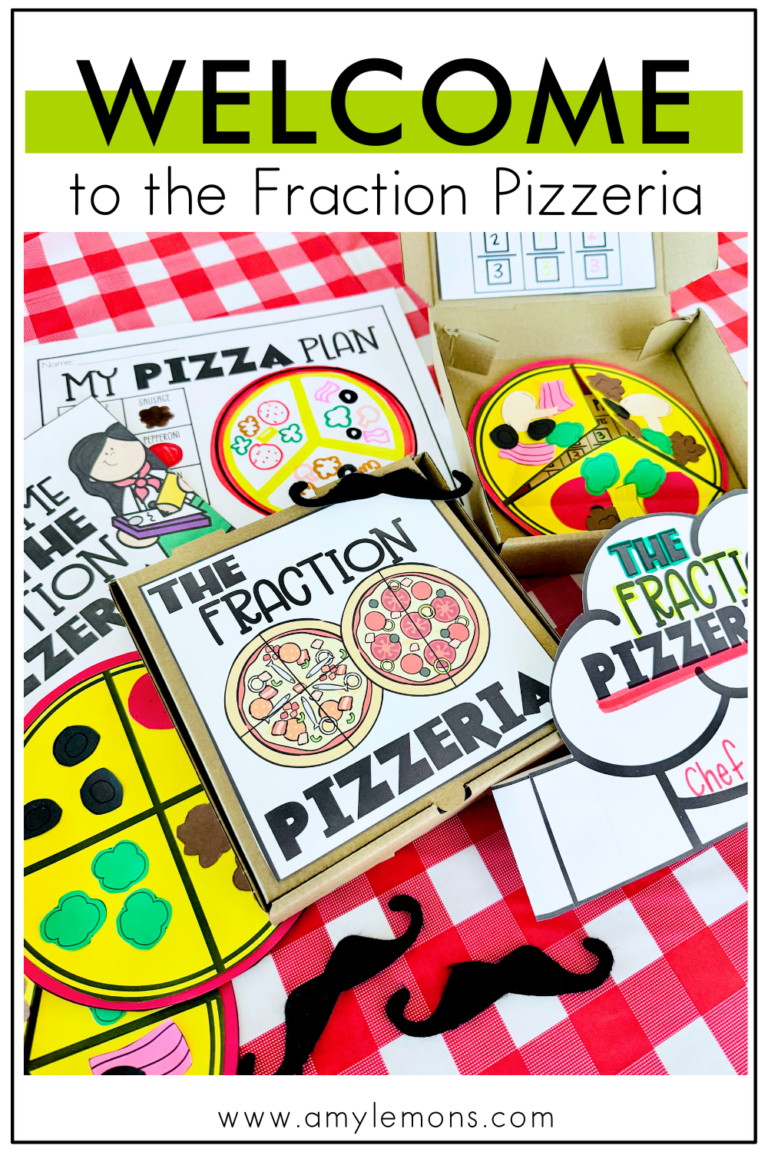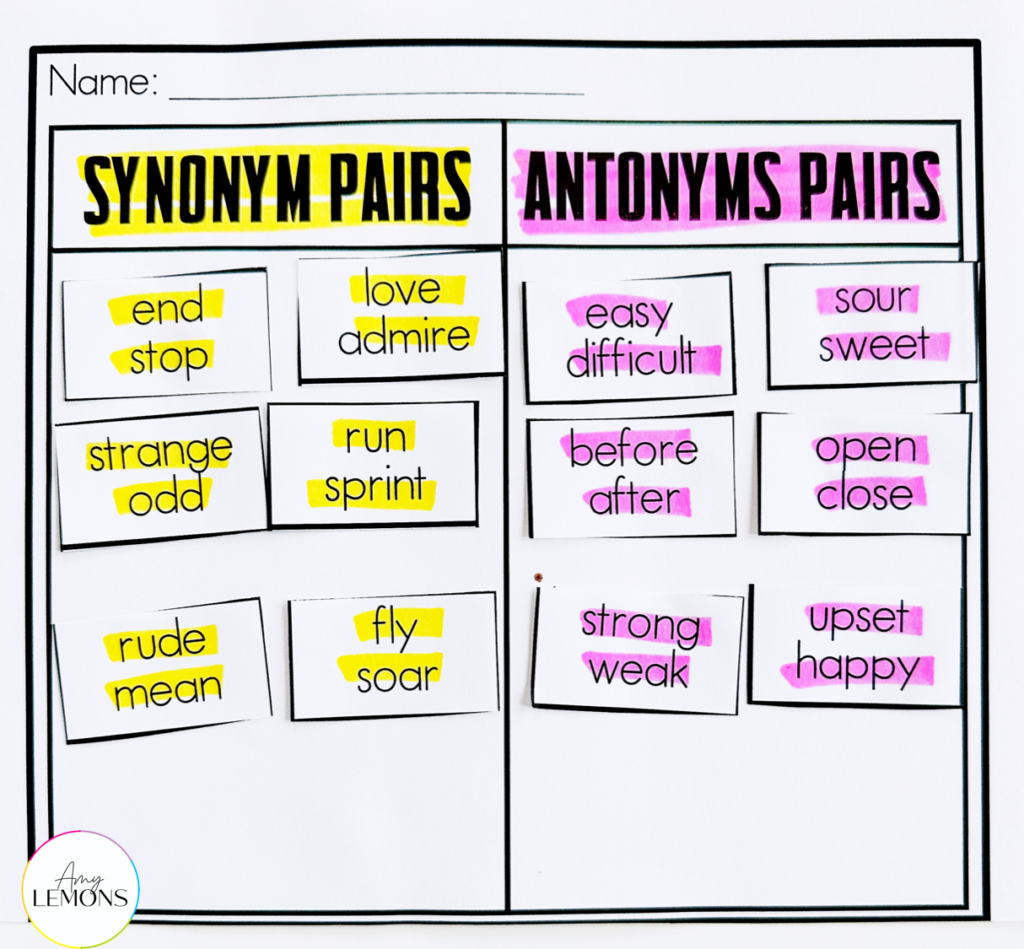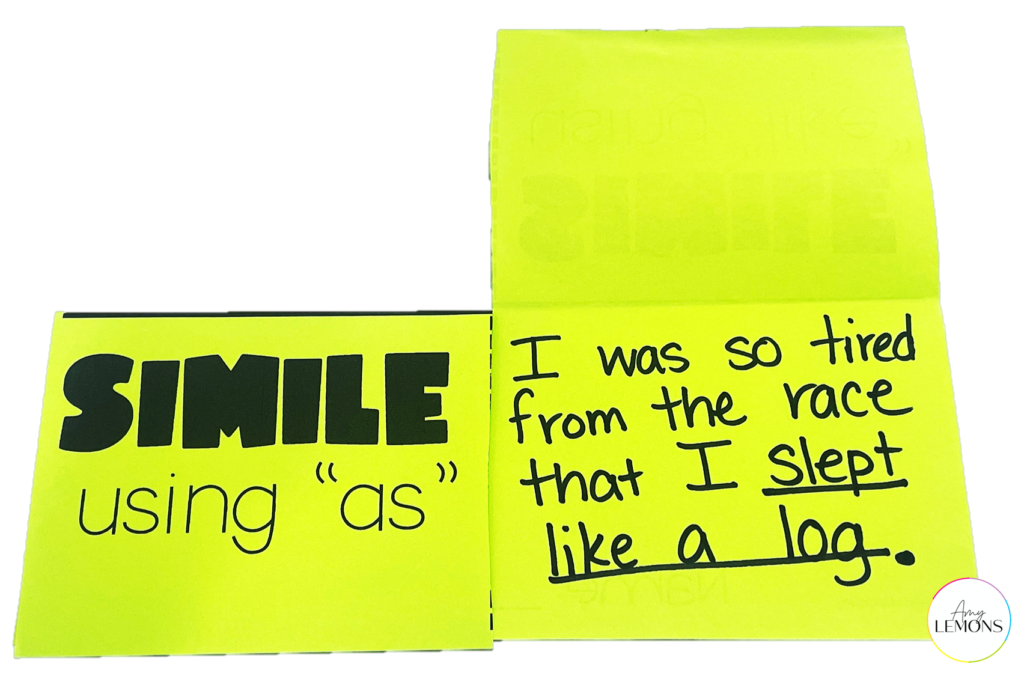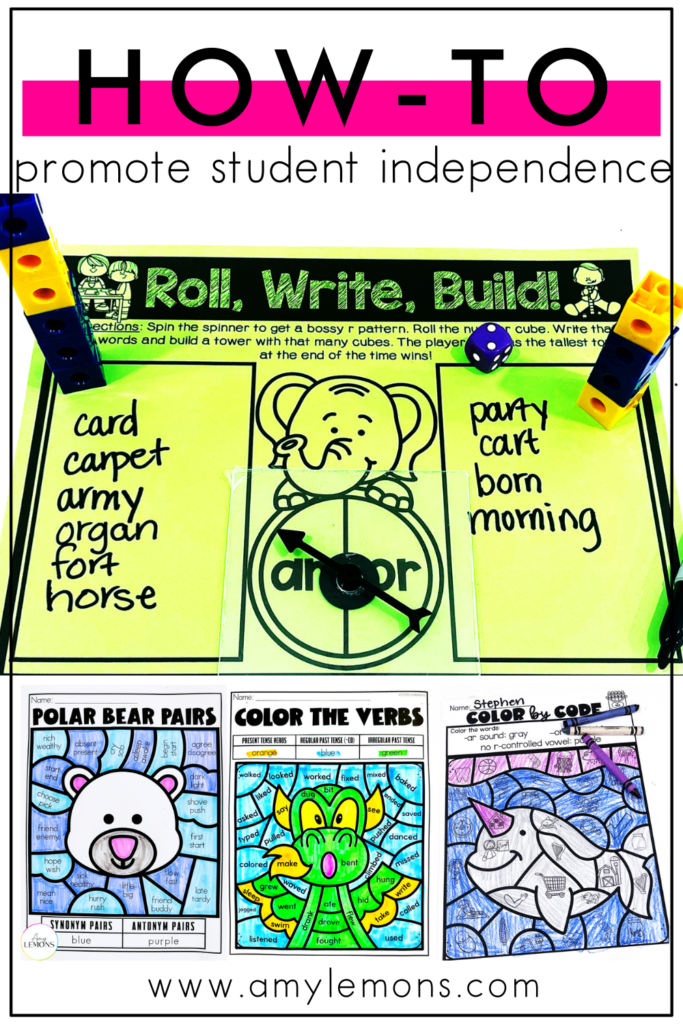

Once upon a time, I was a bright-eyed, eager new teacher ready to take the classroom by storm! I was running from student to student doing my best to be present and help with all the little things. I bet you can imagine how that turned out. I was stressed and overworked. Right then, I realized that I needed independent learning activities that were both effective and fun.
Our goal as teachers is to provide a well-rounded academic education to our students, but it is inevitable that some life lessons will be taught along the way. Learning how to work independently is one of those lessons.
Students need to be able to solve problems on their own in addition to having help. While we wish we could give each student our undivided attention, the truth is we can’t. So, it’s crucial to have independent learning activities to allow for more time in our schedules, too.
Here’s why promoting student independence in the classroom is so important and a few no-hassle, independent learning activities you can use in your classroom!
When it comes to promoting student independence, there are two major benefits. Students are learning how to work by themselves using internal motivation while gaining a sense of control in their learning environment. And for teachers, we are able to get time back into the day that we can use to be more productive for planning, assessing students one on one, grading, etc.
The best way to accomplish this goal is by providing independent learning activities that allow students to think critically and use creative ways to keep their attention.
Color by code is one of those classic classroom activities that is simple but effective. Students can easily identify whatever skill you want them to learn through color coding. Its versatility is what makes it one of the best independent learning activities.
Students simply follow the coloring key to color portions of an image that match the vocabulary, grammar component, math equation, etc. Options are limitless.
Word sorts are like puzzles for students. I like to think of it as a solo game. Their task is to match the words with corresponding images or words with their corresponding category.
This is the perfect independent activity for students to interact with their vocabulary words, practice grammar rules, engage in visual imagery, and more.

Another bonus of word sorts is they are hands-on. Students get to put the pencils away and dive into physical activities.

Flap books are another hands-on independent learning activity for elementary students. Students can use the flaps to organize ideas and answers by writing sentences, sorting answer slips, drawing pictures, and more.
Like the color code activities, flap books work well within any subject. They are just as versatile and make an engaging activity for students to complete on their own. And as an added bang for their time, you can combine flap books and sorts, too.
It’s also a lot easier for teachers to quickly get a glance at what the student has learned or needs to improve upon from the lessons. And you know I am all for quick assessments!
I love the use of graphic organizers for reading responses. Not only because they work wonderfully with helping students organize their thoughts, but they also give students the chance to work independently. WIN-WIN!
Another way I tend to use graphic organizers is for grammar responses. Students can draw pictures and identify words for various grammar rules and categories.

Sometimes independent learning can happen with a partner. Even though students technically aren’t alone, if you use independent activities like games where they are working against one another, each student is still working through the challenges on their own.
But even better, they can help each other along the way!
Using independent activities in your classroom will give your students the confidence they need to work alone and think critically, while allowing you more time for planning, working one on one, and getting things done.
If you want to see how these activities work in your classroom, grab a free sample week of our Rooted in Reading complete reading curriculum program! Each week features independent activities along with games, arts and crafts, reading comprehension activities, lesson plans, and tons more! You can find your grade level HERE.


Hey, y’all! My name is Amy Lemons and I am passionate about providing students with both engaging and effective standards-based Math and ELA lessons.

Sample a day of Rooted in Reading with these lesson plans and activities for Reading Comprehension, Vocabulary, and Grammar!